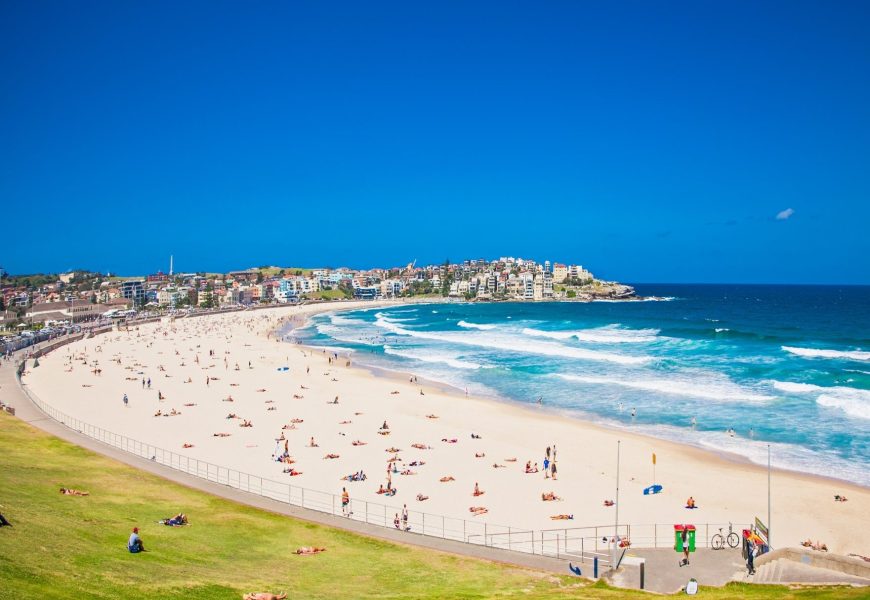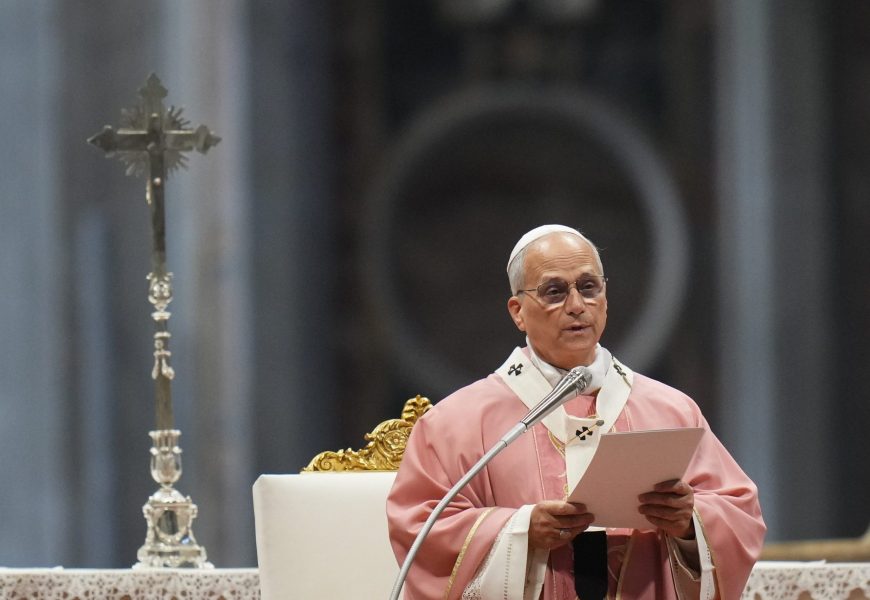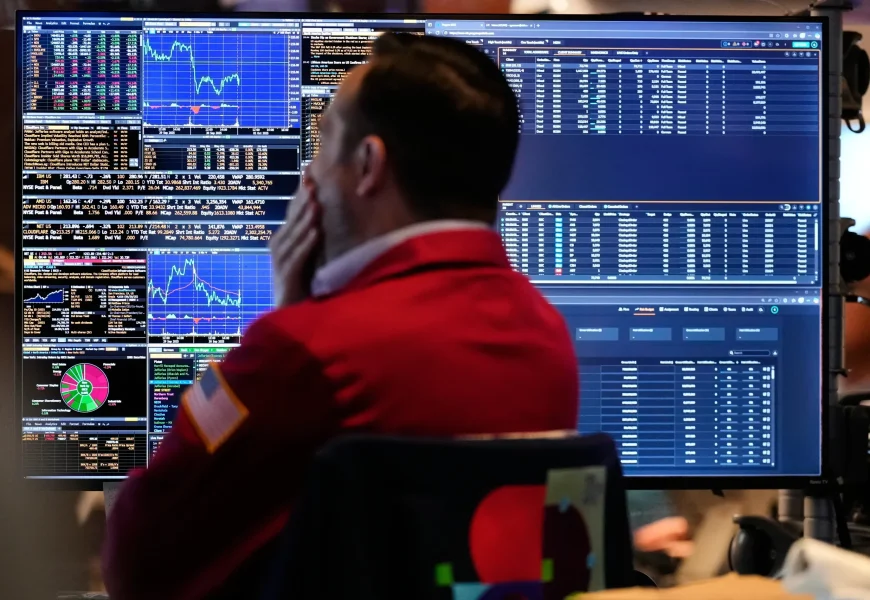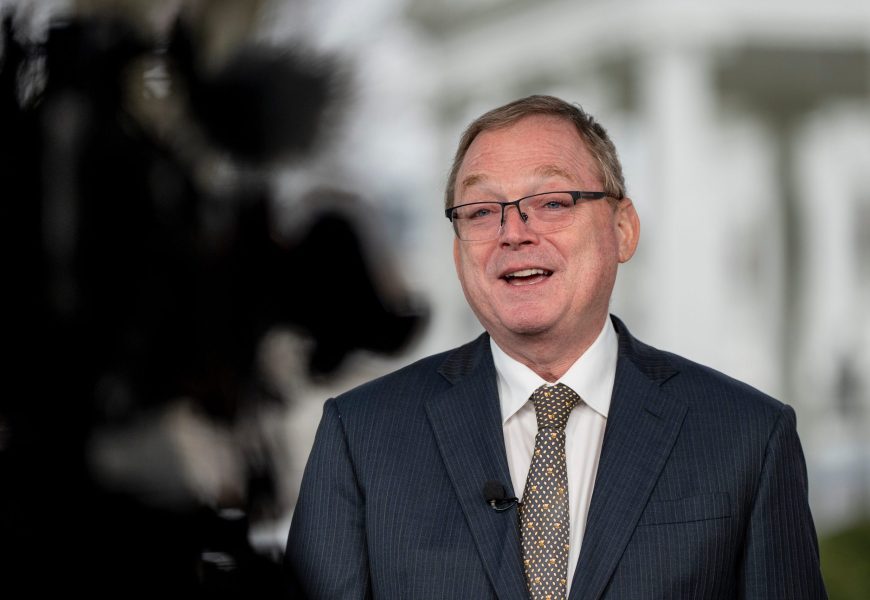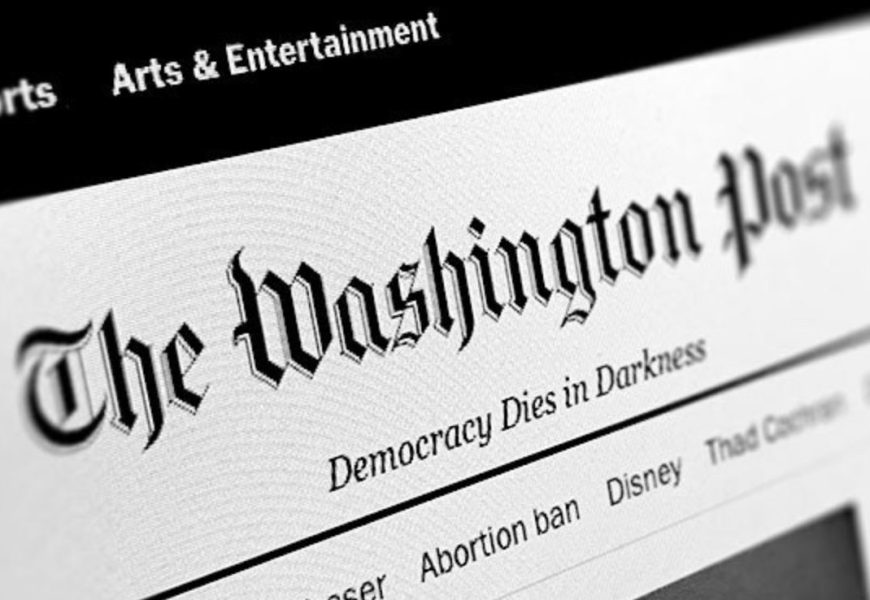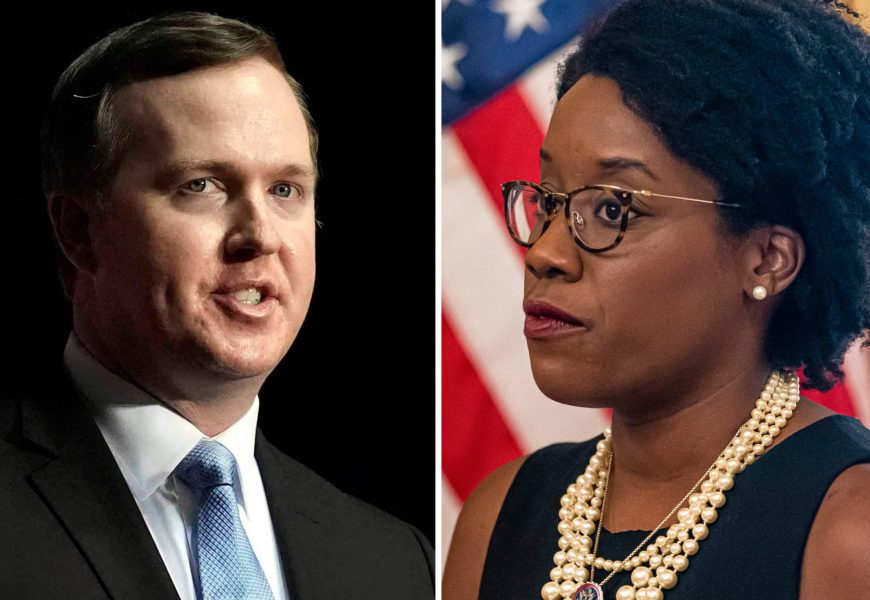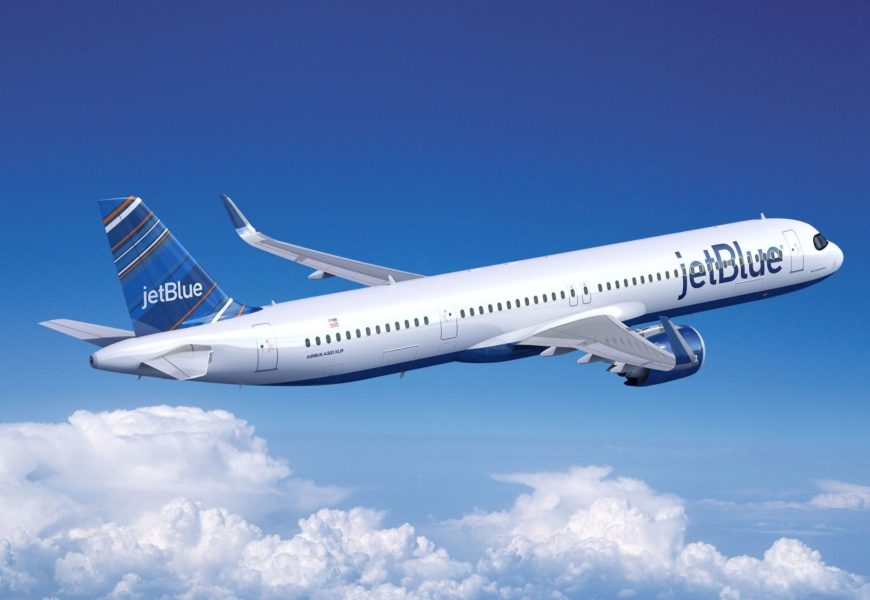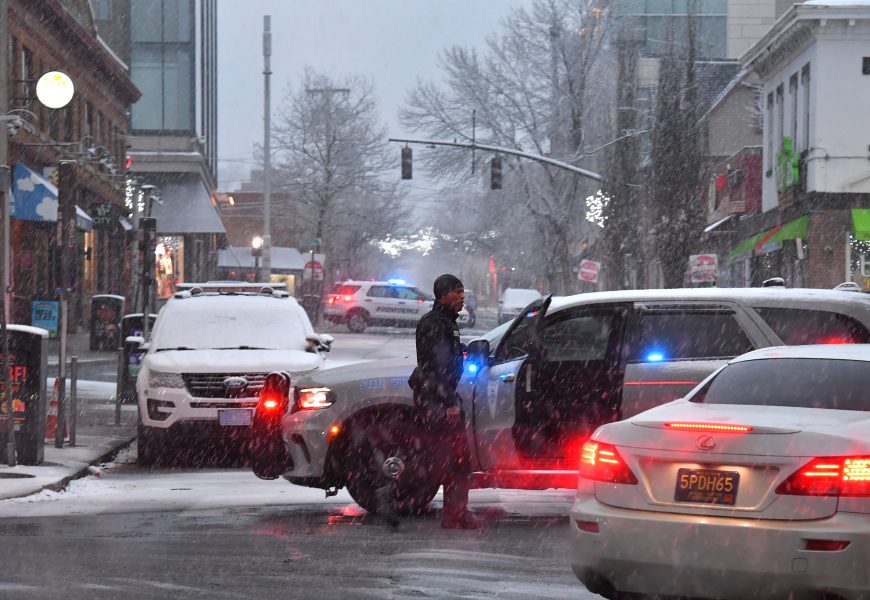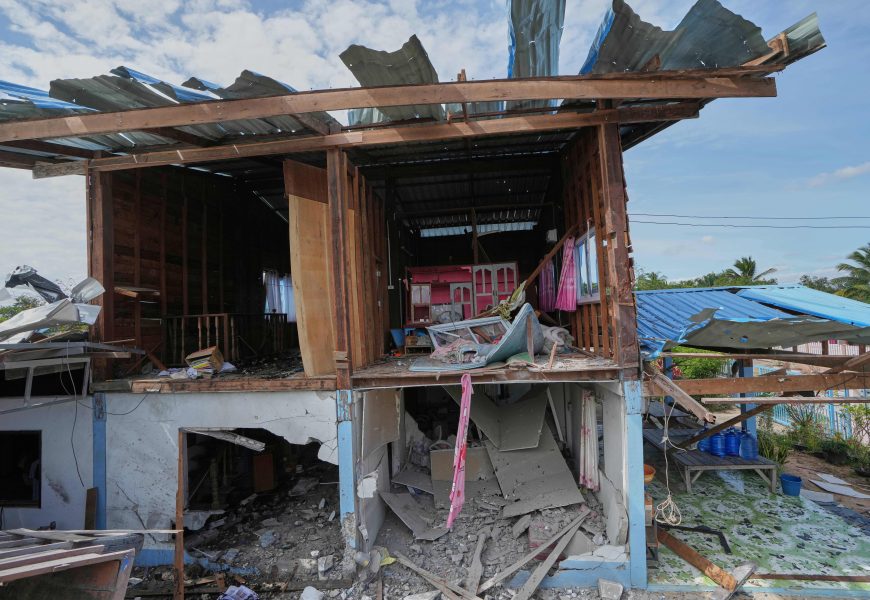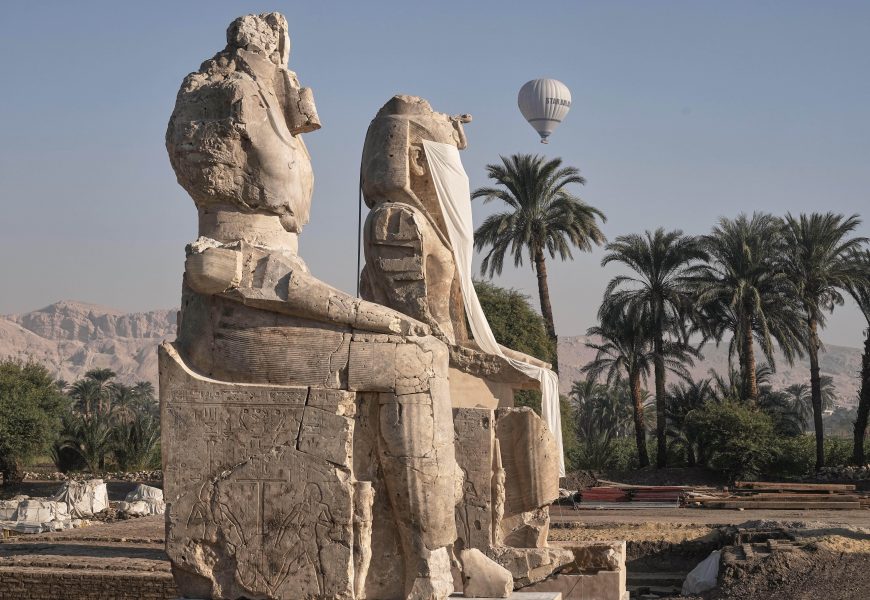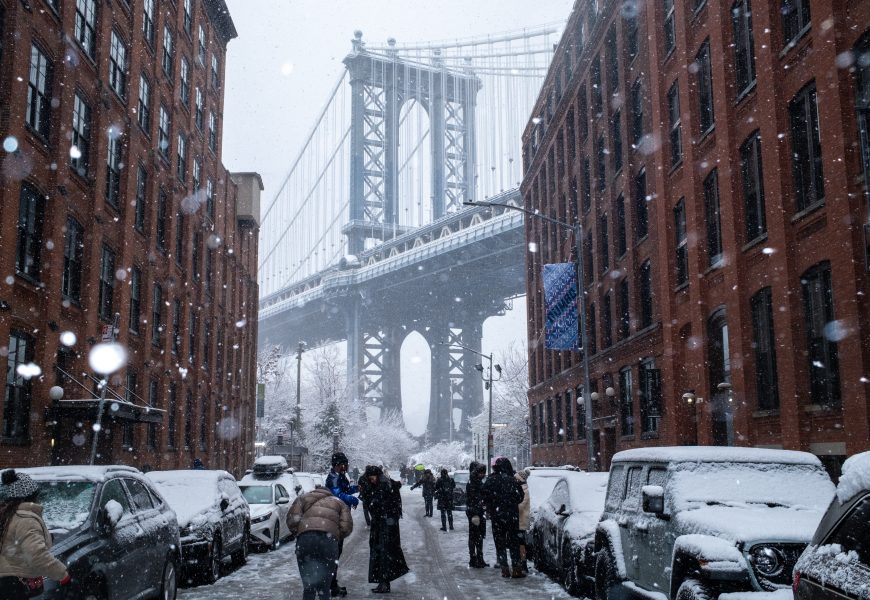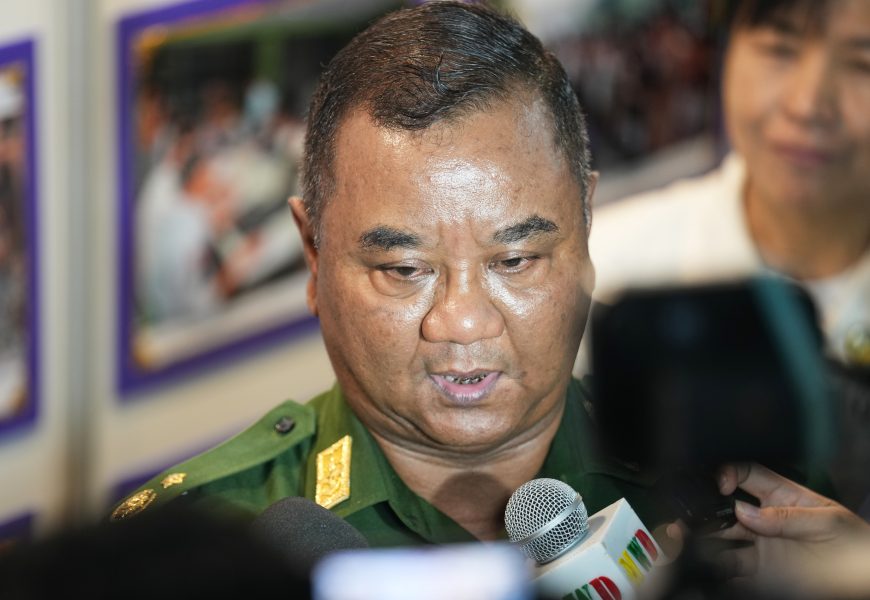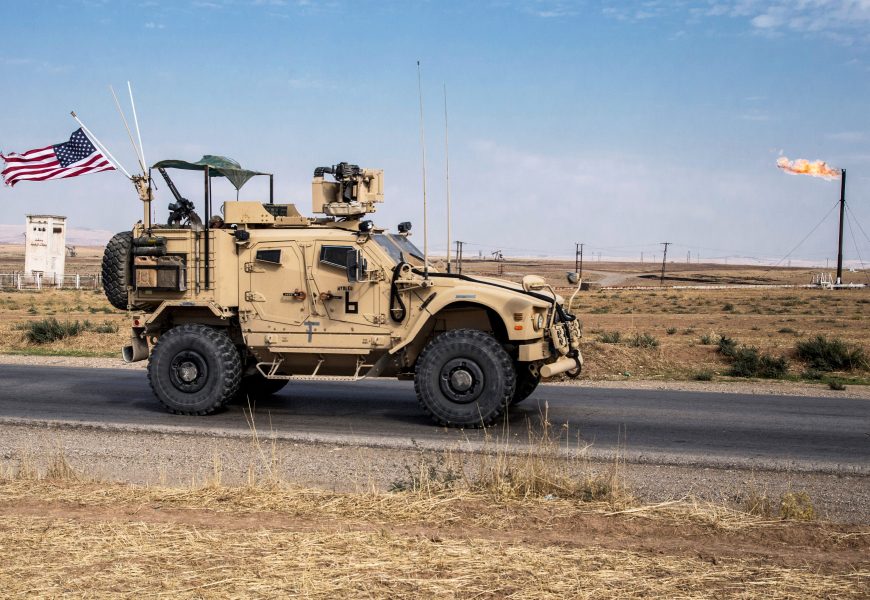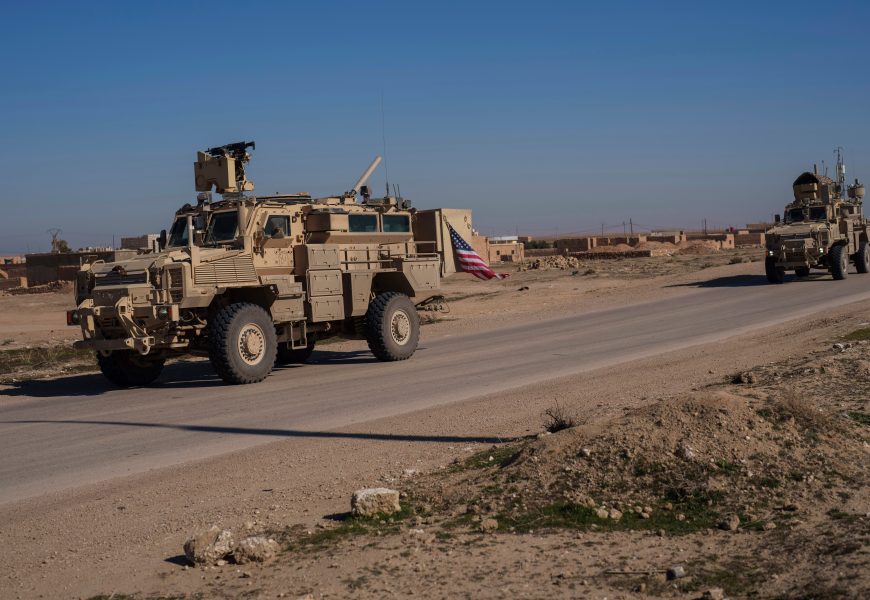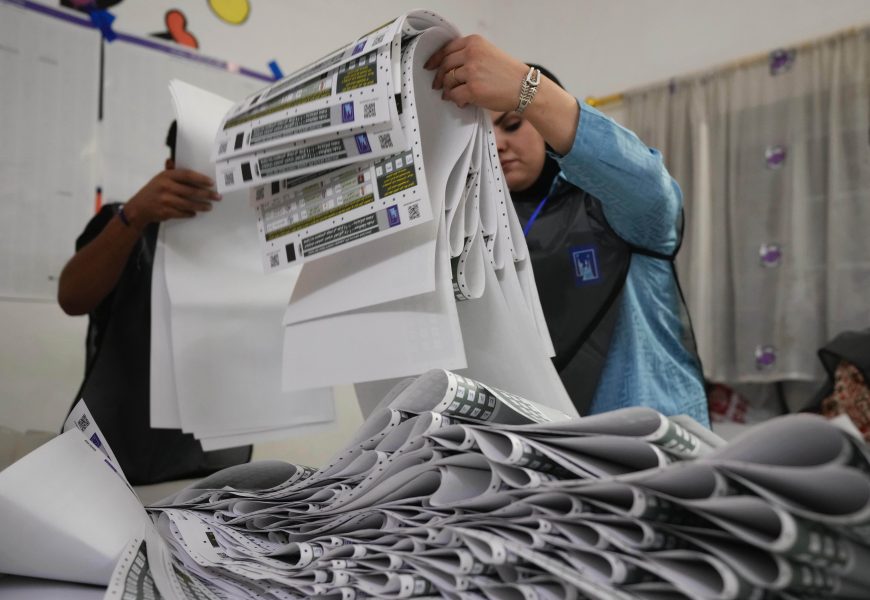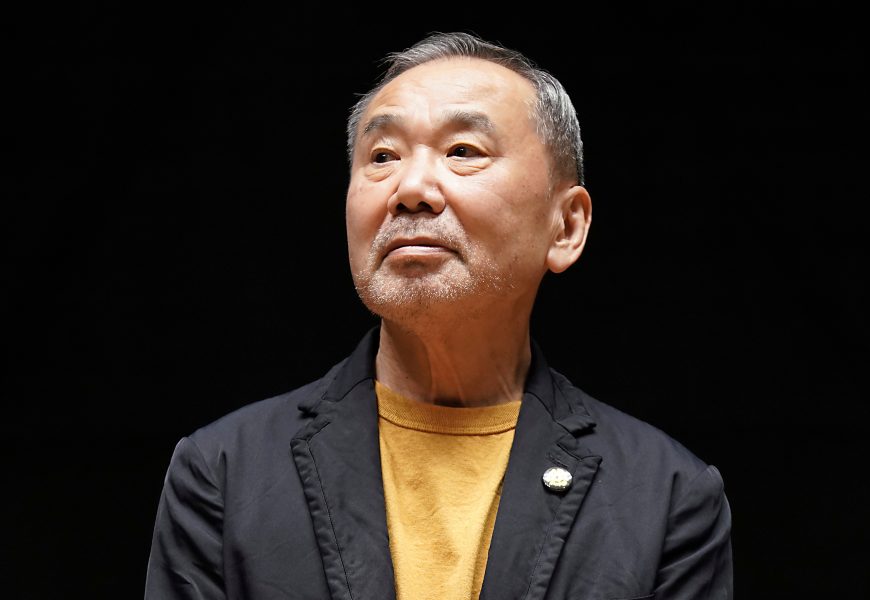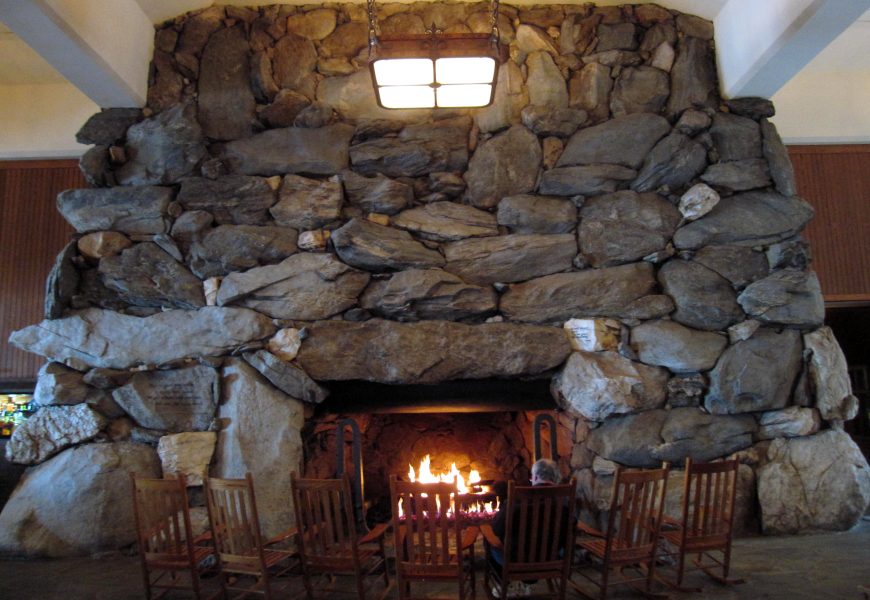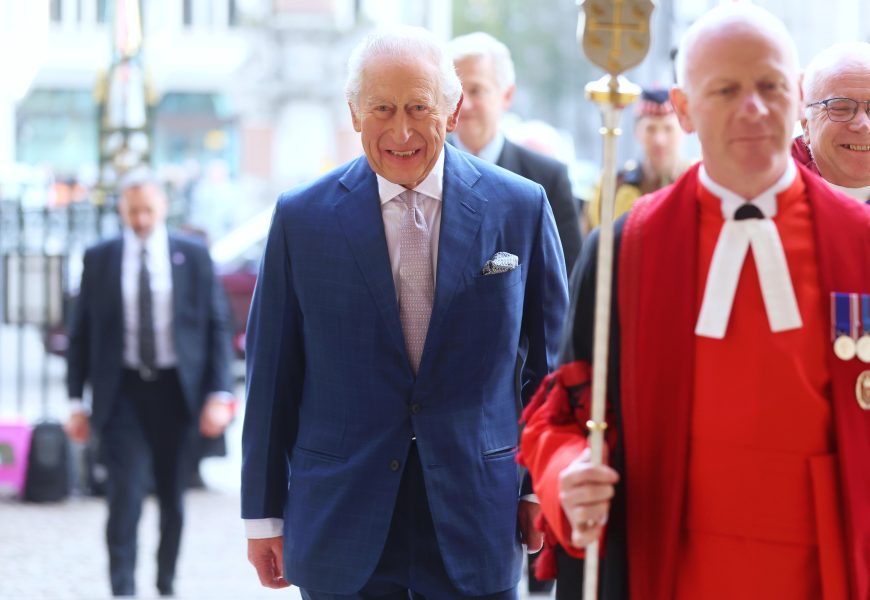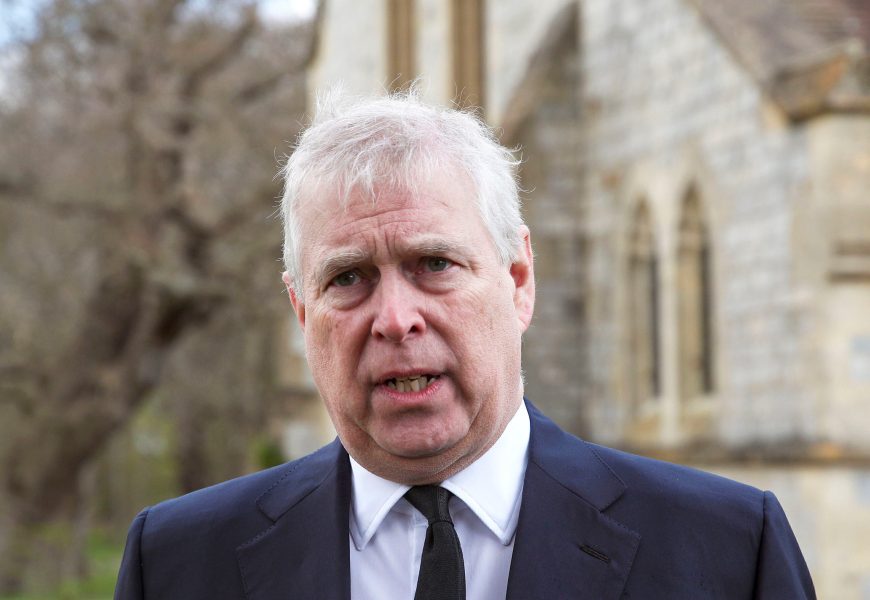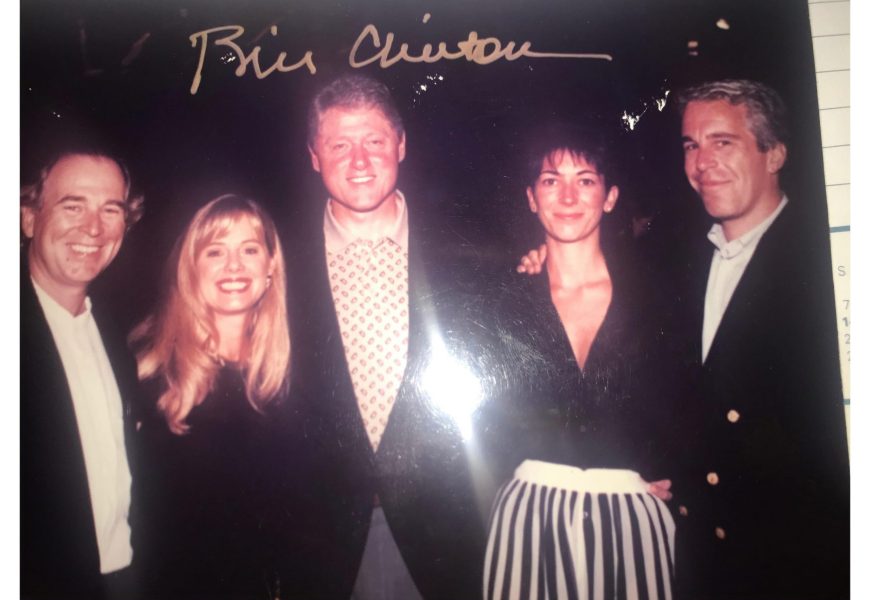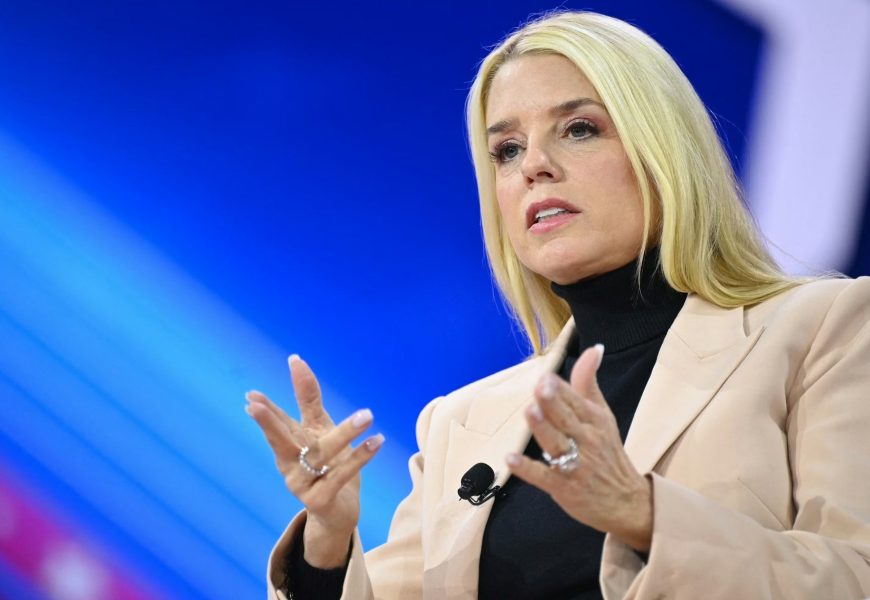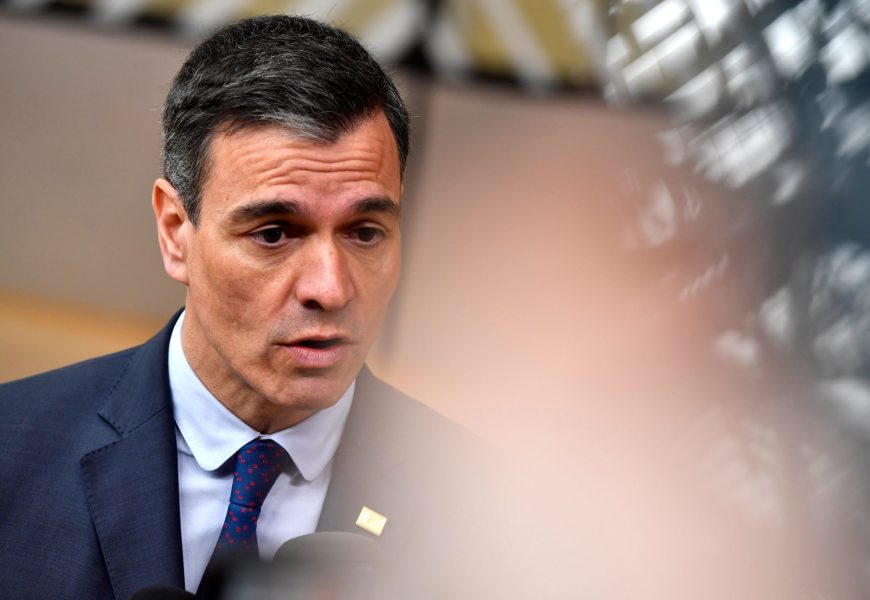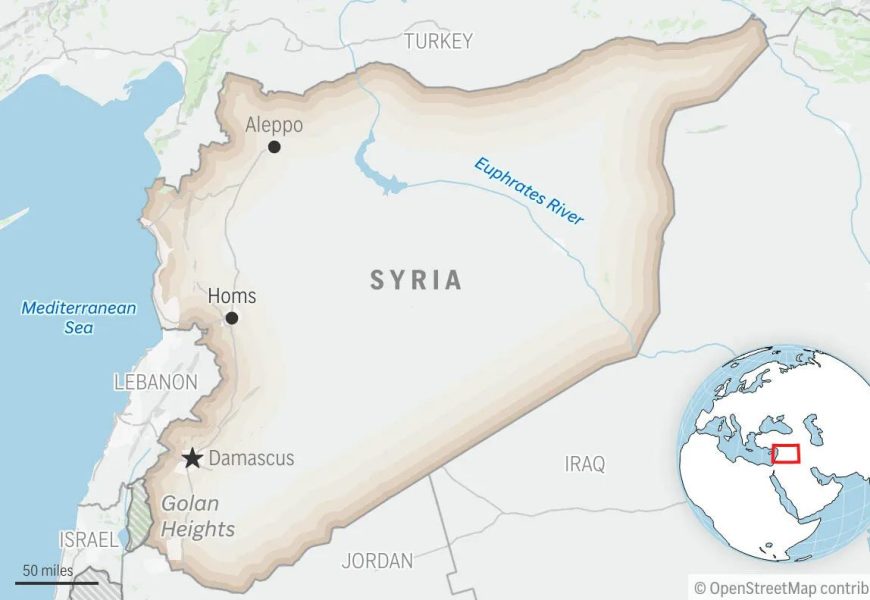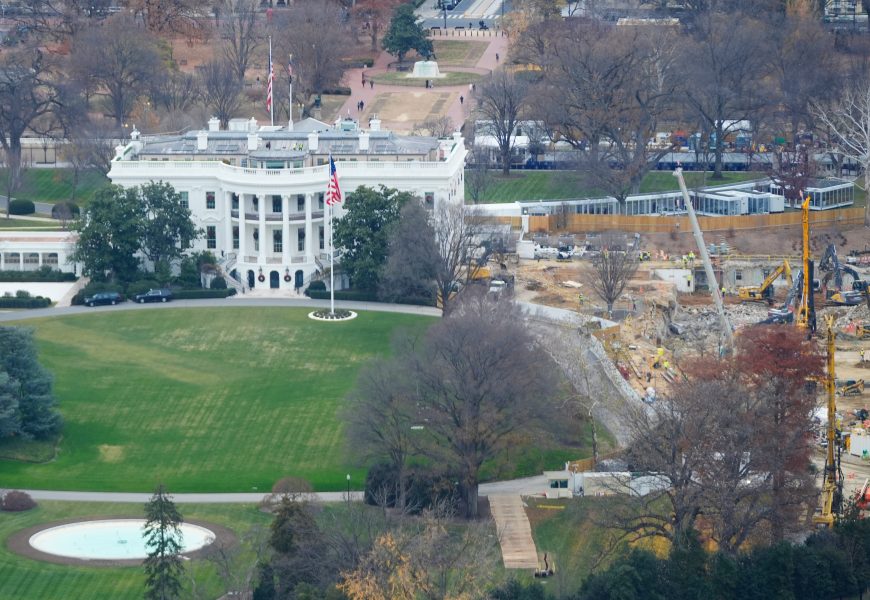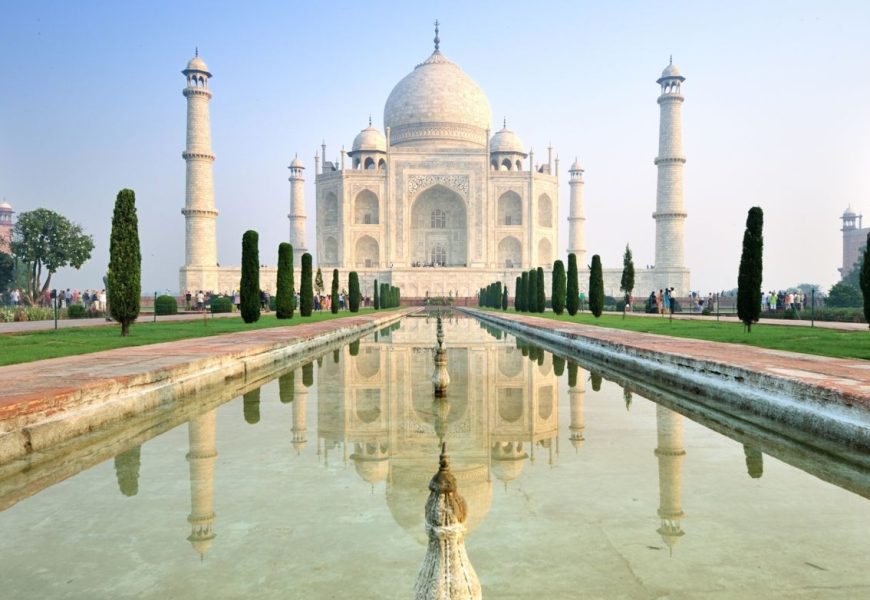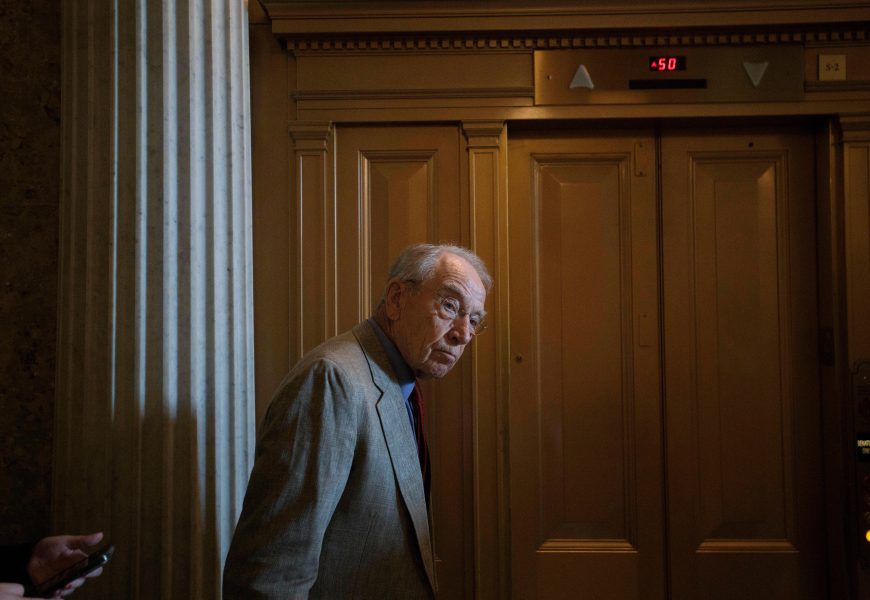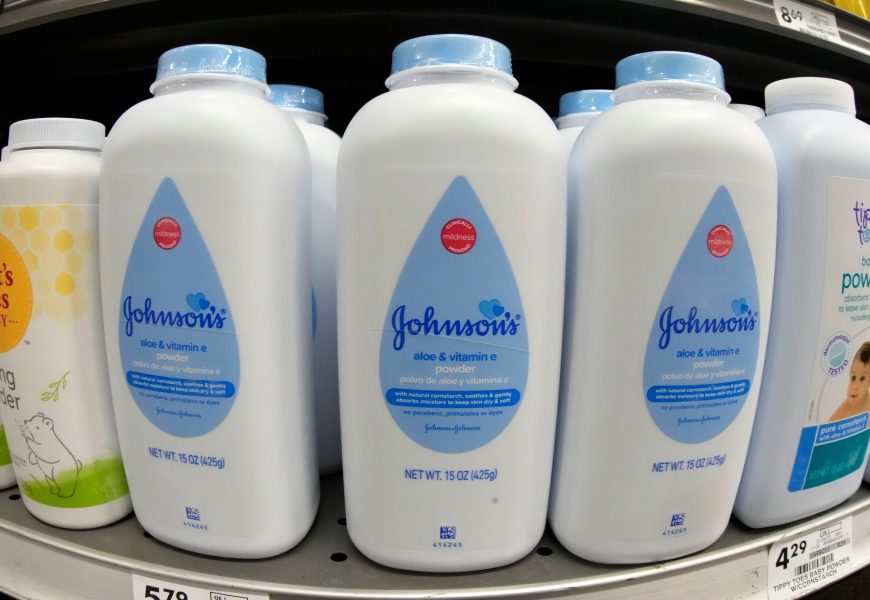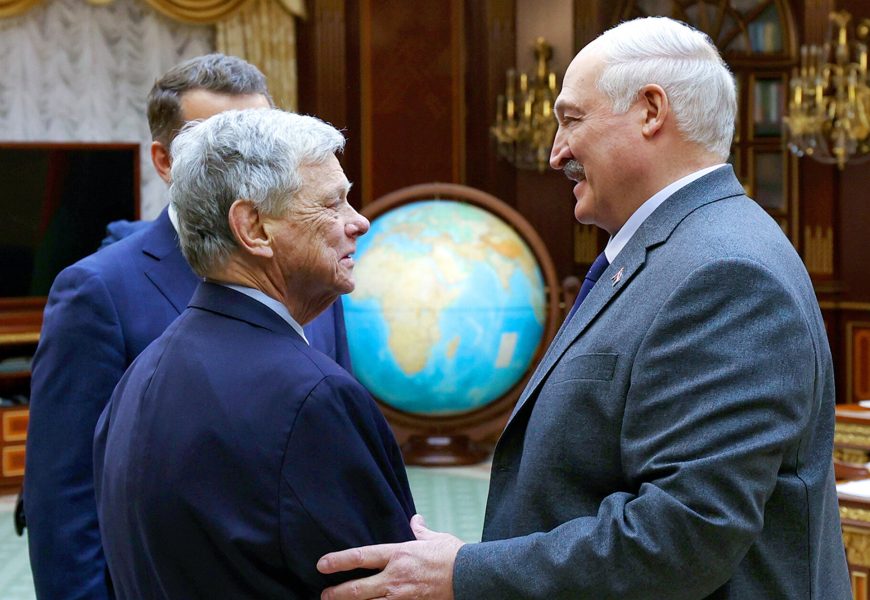WASHINGTON (AP) - When Donald Trump started the biggest trade war since the 1930s in his first term, his impulsive combination of threats and import taxes on U.S. trading partners created chaos, generated drama — and drew criticism from mainstream economists who favor free trade.
Trump’s tariff tactics carry higher economic risks than during his first term
WASHINGTON (AP) - When Donald Trump started the biggest trade war since the 1930s in his first term, his impulsive combination of threats and import taxes on U.S. trading partners created chaos, generated drama — and drew criticism from mainstream economists who favor free trade.
But it didn't do much damage to the U.S. economy. Or much good. Inflation stayed under control. The economy kept growing as it had before. And America's massive trade deficits, the main target of Trump's ire, proved resistant to his rhetoric and his tariffs: Already big, they got bigger.
The trade war sequel that Trump has planned for his second term - if it unfolds the way he’s described it - would likely be a different matter altogether. Trump appears to have grander ambitions and is operating in a far more treacherous economic environment this time.
His plans to plaster tariffs of 25% on goods from Mexico and Canada and 10% on China - and to follow those up by targeting the European Union - would threaten growth, and push up prices in the United States, undermining his campaign pledge to eliminate the inflation that plagued President Joe Biden.



